7 Spicy Secrets Behind Africa’s Most Flavorful Dishes: From Jollof to Berbere!
Table of Contents
- Introduction
- African Spice Traditions: A Flavorful Heritage
- Top 5 African Food Dishes You Need to Try
- Spices Behind the Flavors: What Makes These Dishes Pop?
- Buying Guide: Essential Spices for Authentic African Cooking
- Pro Tips for Perfecting African Dishes at Home
- Conclusion
Introduction
Africa is a continent bursting with culture, history, and — most importantly for us spice lovers — incredible flavors! From the smoky richness of Ethiopian berbere to the tangy heat of West African jollof rice, each region has its own signature spice blend and culinary tradition.
In this post, we’re diving deep into the world of African food dishes, exploring their unique spice profiles, sharing must-try recipes, and offering a detailed buying guide so you can replicate those mouthwatering flavors in your kitchen.
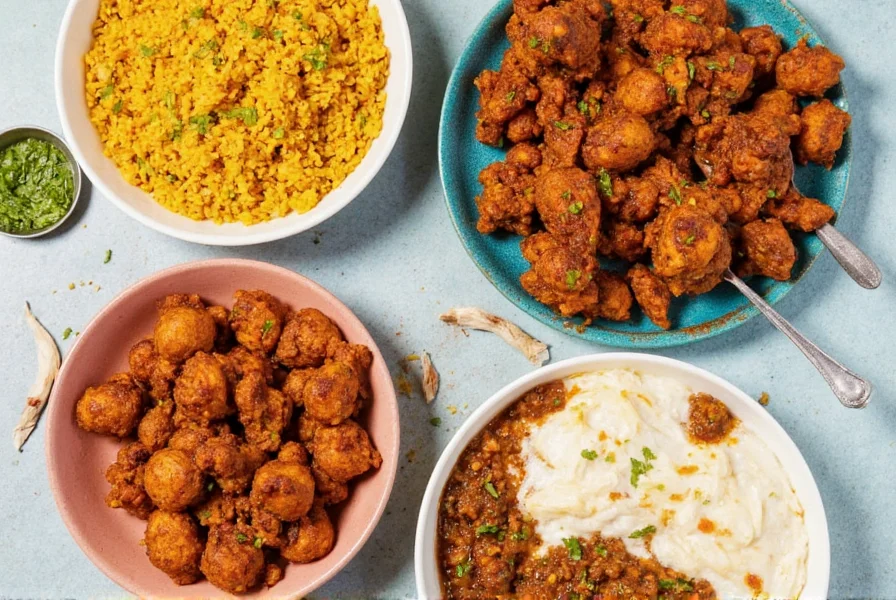
African Spice Traditions: A Flavorful Heritage
While every continent has its culinary identity, Africa’s spice traditions are among the most diverse and complex. Unlike other cuisines that rely on a few dominant flavor profiles, African cooking varies widely from one region to another — sometimes even within the same country!
- West Africa: Known for bold, savory-sweet combinations using groundnuts (peanuts), chili peppers, and dried fish.
- North Africa: Features warm, aromatic spices like cumin, coriander, cinnamon, and saffron — often used in slow-cooked tagines.
- East Africa: Combines Swahili coastal influences with Indian and Arabic elements, including cardamom, cloves, and coconut milk.
- Southern Africa: Offers simpler, heartier fare with smoked paprika, chili, and indigenous herbs.
- Horn of Africa: Famous for fiery spice blends like Ethiopia’s berbere and Eritrea’s mitmita.
Top 5 African Food Dishes You Need to Try
Let’s take a delicious tour across the continent and sample some iconic African food dishes that showcase local spices at their best:
- Jollof Rice (West Africa): This tomato-based rice dish, popular in Nigeria, Ghana, and Senegal, is simmered with scotch bonnet peppers, onions, and spices. The ‘Jollof Wars’ between West African countries over who makes it best? All in good fun — but seriously, try them all!
- Injera with Doro Wat (Ethiopia): Injera is a spongy sourdough flatbread made from teff flour, served with doro wat, a spiced chicken stew packed with berbere, garlic, and ginger. Eat it with your hands — it’s part of the cultural experience!
- Couscous with Harissa (North Africa): A staple in Morocco, Algeria, and Tunisia, couscous is steamed and served with meat or vegetables. Add homemade harissa paste — a fiery blend of chili, garlic, cumin, and olive oil — for an extra kick.
- Pilau (East Africa): A fragrant rice dish cooked with meat, lentils, or chicken and seasoned with cloves, cinnamon, cardamom, and bay leaves. It's especially popular in Kenya and Tanzania during festivals and weddings.
- Bobotie (South Africa): A Cape Malay dish made with spiced minced meat topped with a custard-like egg mixture. Cumin, curry powder, turmeric, and chutney play starring roles in this unique fusion recipe.
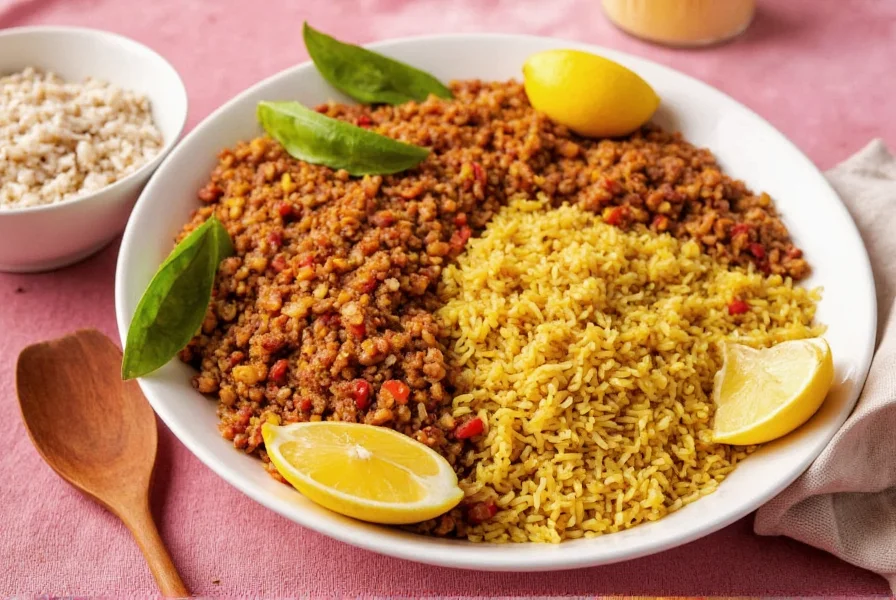
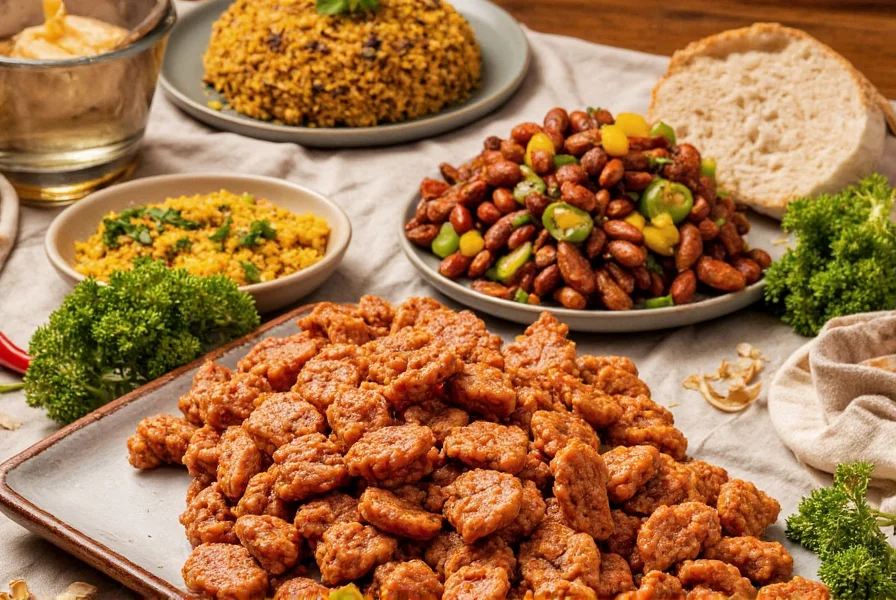
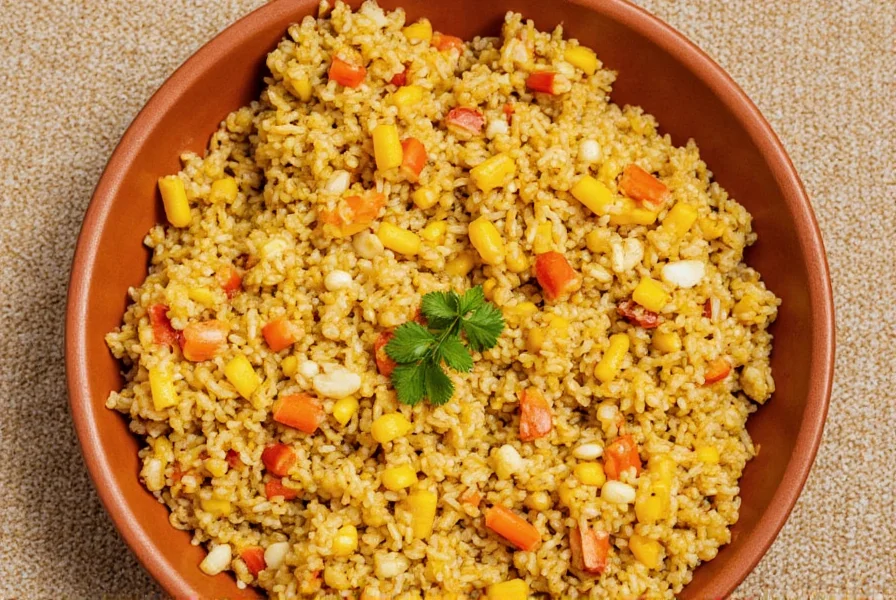
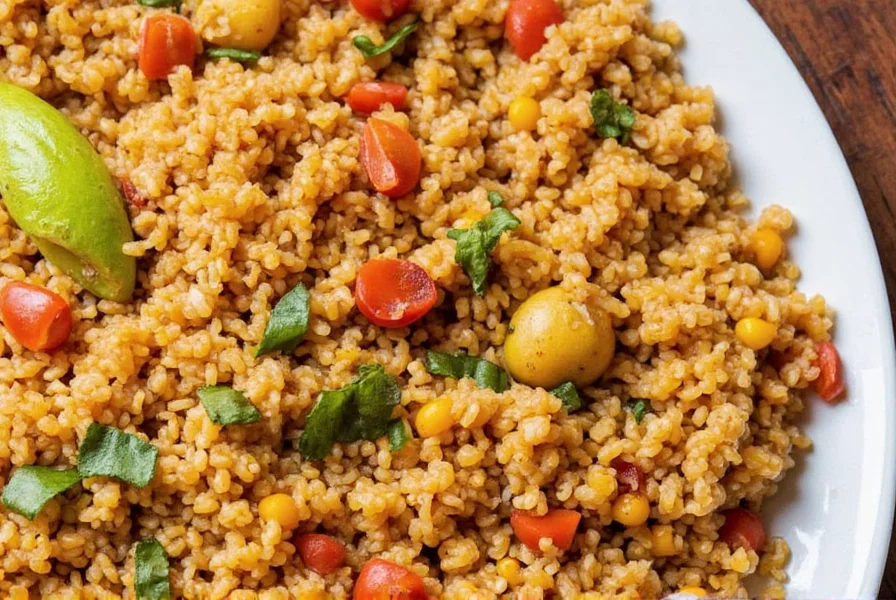
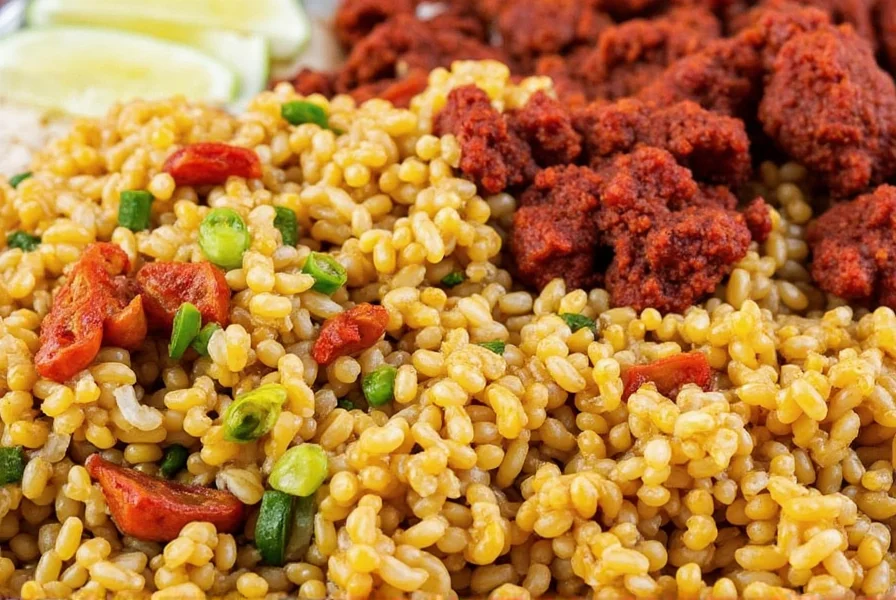
Spices Behind the Flavors: What Makes These Dishes Pop?
Each of these African food dishes tells a story — not just about taste, but also history, trade, migration, and community. Let’s explore the essential spice blends and individual seasonings that define them:
| Dish | Key Spices Used | Flavor Profile | Region |
|---|---|---|---|
| Jollof Rice | Scotch Bonnet Pepper, Paprika, Thyme, Curry Powder | Tomato-rich, slightly smoky, and mildly spicy | West Africa |
| Doro Wat | Berbere, Garlic, Ginger, Turmeric | Deeply aromatic, spicy, and earthy | Horn of Africa |
| Couscous & Tagine | Cumin, Coriander, Saffron, Cinnamon | Warm, sweet-spicy, and floral | North Africa |
| Pilau | Cardamom, Cloves, Bay Leaf, Nutmeg | Fragrant, mildly spicy, and exotic | East Africa |
| Bobotie | Curry Powder, Turmeric, Cumin, Chutney | Mildly spicy, fruity, and creamy | South Africa |
As you can see, many of these spices aren’t just for flavor — they’re also used for preservation, color, and symbolism. Some spices even have medicinal properties or ritual significance.
Buying Guide: Essential Spices for Authentic African Cooking
If you're ready to start recreating these dishes at home, here's a list of must-have spices, where to find them, and what to look for when buying:
Berbere
- Use Case: For Ethiopian stews and soups.
- Features: Blend includes chili pepper, garlic, ginger, fenugreek, and various seeds.
- Best Brands: Habesha Spice, Eden Foods.
- Tip: Make your own for fresher results by grinding dried chilies, spices, and herbs together.
Harissa Paste
- Use Case: North African stews, couscous, grilled meats.
- Features: Fiery, garlicky, and pungent; often made with roasted red peppers.
- Best Brands: Mina, Belbella, La Soummam.
- Tip: Use sparingly or mix with olive oil for a milder version.
Cumin & Coriander
- Use Case: Tagines, pilafs, and spiced rice dishes.
- Features: Warm, earthy notes; whole seeds offer more aroma than pre-ground versions.
- Best Brands: Frontier Co-op, Simply Organic.
- Tip: Toast seeds before grinding for deeper flavor.
Cardamom & Cloves
- Use Case: East African pilau, chai tea, desserts.
- Features: Strong, aromatic, and slightly sweet.
- Best Brands: NOW Foods, Simply Organic.
- Tip: Crush pods or use whole cloves for infusion rather than grinding directly.
Scotch Bonnet Peppers
- Use Case: West African sauces, jollof rice, pepper soups.
- Features: Very hot (up to 350,000 SHU), with a fruity undertone.
- Best Brands: Frozen packs from Caribbean grocers, or fresh at international markets.
- Tip: Remove seeds to reduce heat without losing flavor.
Turmeric
- Use Case: Ethiopian doro wat, Indian-inspired South African dishes.
- Features: Earthy, bitter, and bright yellow-orange hue.
- Best Brands: Nature’s Way, McCormick.
- Tip: Mix with oil or warm liquid to release curcumin effectively.
Pro Tips for Perfecting African Dishes at Home
Want to elevate your home cooking to restaurant-level? Here are some pro tips to help you nail the flavors of African food dishes:
- Toast Your Spices First: Whole spices like cumin seeds, coriander seeds, and mustard seeds should be toasted in dry heat or oil before grinding or adding to dishes. This releases their oils and enhances depth of flavor.
- Build Layers of Flavor: Start with aromatics like onions, garlic, and ginger before adding spices. Slow cooking allows flavors to meld beautifully.
- Don’t Skip Fresh Herbs: Fresh cilantro, parsley, or thyme can make or break the freshness of a dish. Add them toward the end of cooking or as garnish.
- Use High-Quality Oils: Coconut oil, sesame oil, or olive oil can influence the final taste — choose based on the dish’s origin.
- Control the Heat: Many African dishes pack a punch, but you can customize the spice level to your liking by adjusting chili quantity or using milder varieties.
- Embrace Fermentation: Ingredients like fermented locust beans (iru) or fermented sorghum (used in injera) add complexity. If unavailable, substitute with small amounts of tamarind or lemon juice.
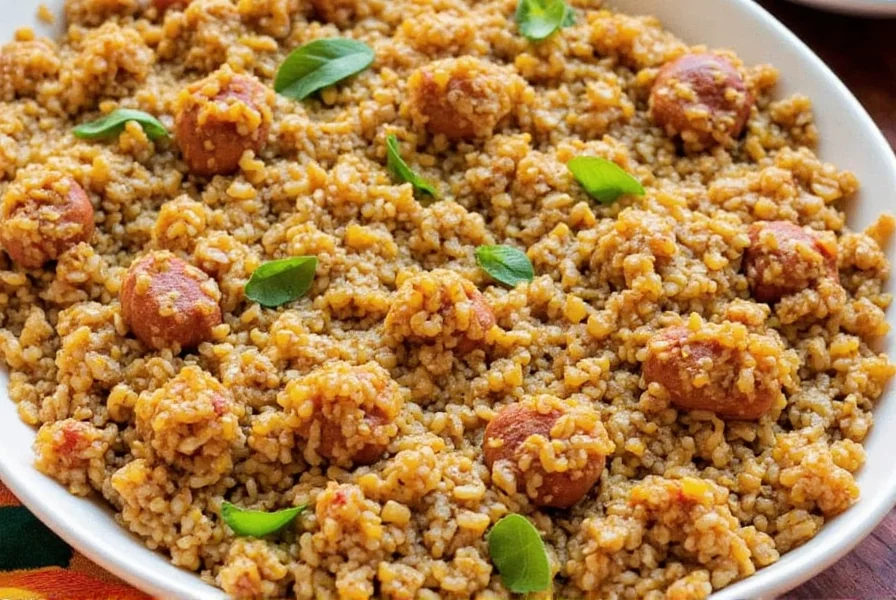
Conclusion
The beauty of African food dishes lies in their rich diversity, bold flavors, and centuries-old traditions. Whether you're whipping up a plate of jollof rice or simmering a pot of Ethiopian doro wat, understanding the role of spices will elevate your cooking and deepen your appreciation for these vibrant cultures.
So go ahead — explore the spice racks of the world, stock up on your favorite blends, and let your kitchen become a global feast. With a little knowledge and the right spices, you’ll be serving up African-inspired masterpieces in no time!
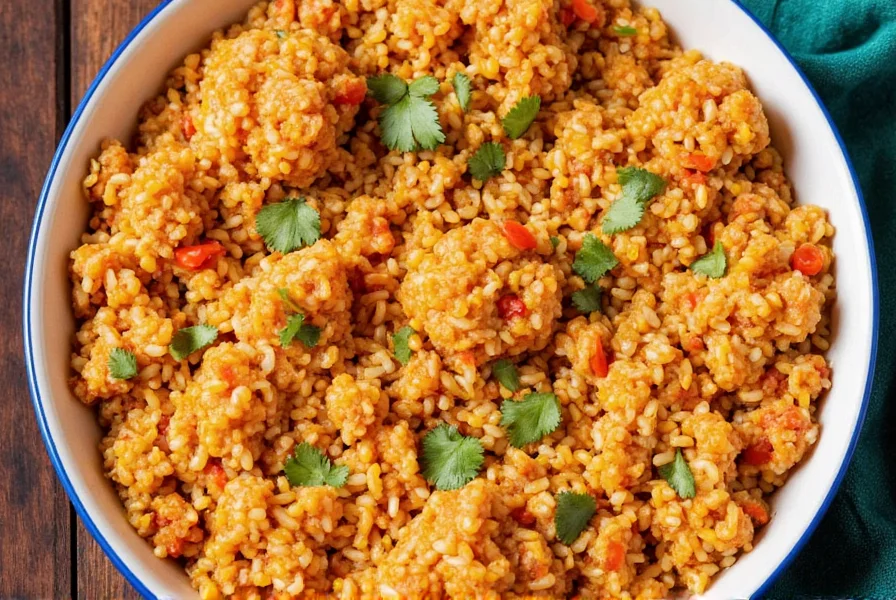











 浙公网安备
33010002000092号
浙公网安备
33010002000092号 浙B2-20120091-4
浙B2-20120091-4